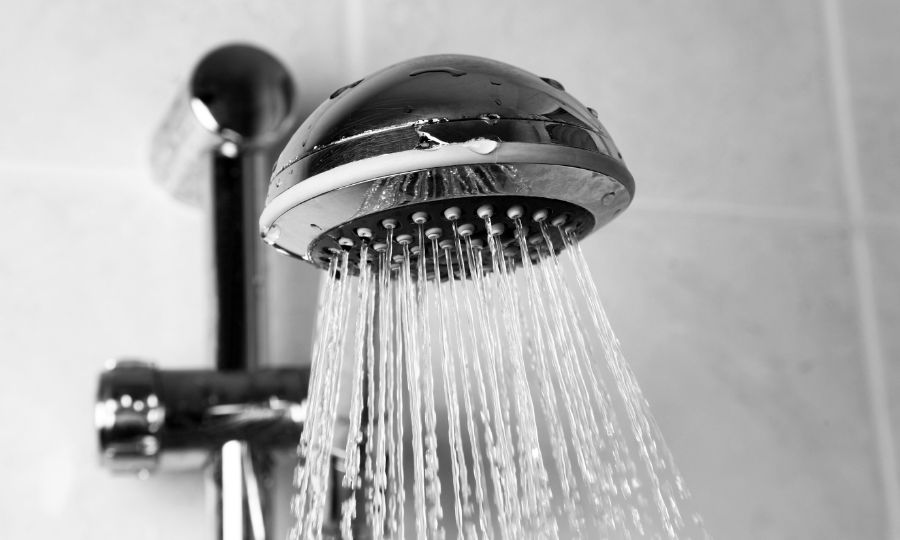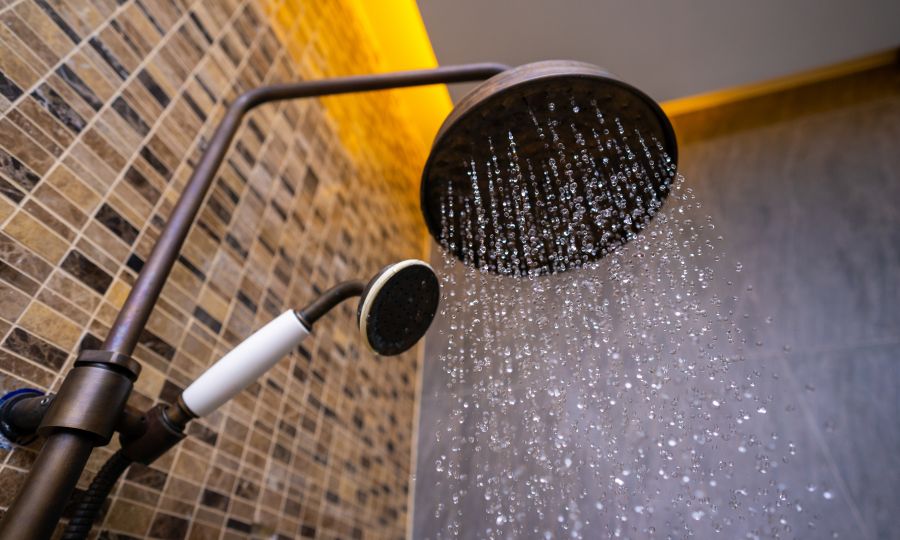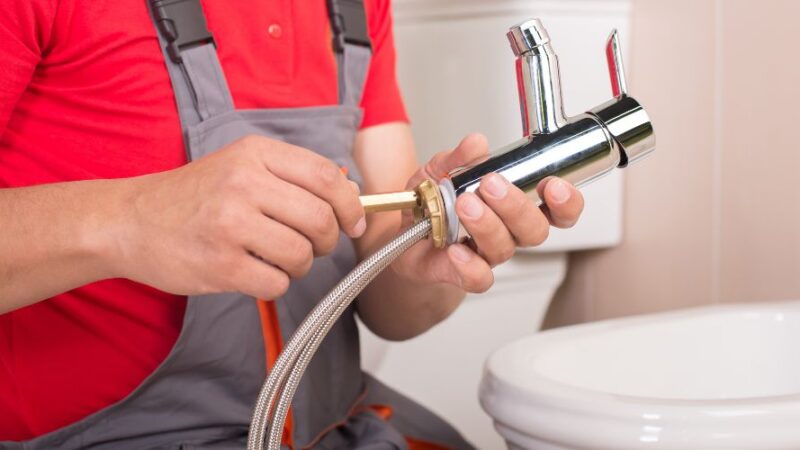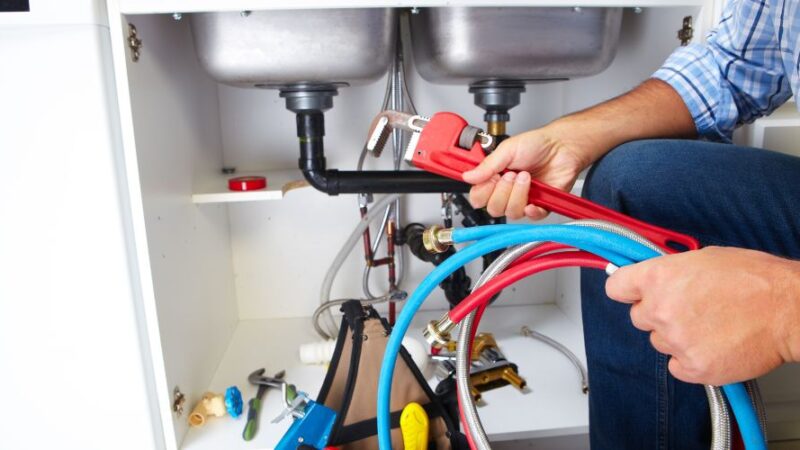Why Your Shower Turns Cold So Fast (and How to Fix It)

There’s nothing more frustrating than stepping into a warm, soothing shower-only to be shocked by a blast of cold water halfway through.
If your shower turns cold too fast, it’s not just annoying-it’s also a sign that something’s not right with your plumbing or water heating system.
Let’s dive into the most common reasons this happens and how you can fix it, so you can enjoy those long, relaxing showers again.
1. Your Water Heater Might Be Too Small
If your shower turns cold quickly, your water heater could simply be running out of hot water. Traditional tank-style heaters store a limited amount of hot water-usually between 30 to 80 gallons. Once that supply runs out, you’ll be left with only cold water until the tank reheats.
Here’s why this happens:
- Multiple people are showering around the same time.
- Appliances like the dishwasher or washing machine are using hot water simultaneously.
- Your tank is undersized for your household’s needs.
Fix:
- Check your water heater’s capacity. If you have a 40-gallon tank but a family of four, you may need to upgrade to a 50- or 60-gallon model.
- Consider switching to a tankless water heater, which heats water on demand-meaning you’ll never “run out” of hot water.
Fun Fact 💧
Did you know that the average shower in the U.S. lasts about 8 minutes and uses around 17 gallons of water? If your shower turns cold after just 3 or 4 minutes, your water heater might be underperforming by nearly 50%!
2. Sediment Buildup in the Water Heater
Over time, minerals from hard water can accumulate at the bottom of your water heater tank. This sediment buildup creates a barrier between the heating element and the water, reducing efficiency. As a result, you’ll notice that your hot water runs out faster than it used to.

Signs of sediment buildup include:
- Rumbling or popping noises coming from the tank.
- Discolored or cloudy hot water.
- Inconsistent water temperature.
Fix:
- Flush your water heater once or twice a year to remove sediment.
- If you’re not comfortable doing it yourself, a licensed plumber can handle it in under an hour.
Why Your Sink Smells Bad and How to Get Rid of Odors
3. Thermostat Setting Is Too Low
Most water heaters have adjustable thermostats that control water temperature. If your water feels warm but not hot enough-or goes cold too fast-the thermostat could be set too low.
Fix:
- Check your water heater’s thermostat and set it to 120°F (49°C) for optimal performance and safety.
- Avoid going above 130°F, as that can increase the risk of burns and energy waste.
4. Broken or Failing Dip Tube
The dip tube is a small but important component inside your water heater. Its job is to push incoming cold water to the bottom of the tank so it can be heated properly. If the dip tube is broken, cold water mixes with the hot water at the top of the tank-cooling it down much faster than expected.
Fix:
- If your water turns cold quickly and your heater is older than 10 years, a broken dip tube might be the culprit.
- A plumber can easily inspect and replace it if necessary.
5. Faulty Heating Element (in Electric Water Heaters)
If you have an electric water heater, it likely uses two heating elements-one near the top and one near the bottom. If either fails, your tank won’t heat water efficiently. Typically, the bottom element heats the majority of the water, so when it goes out, you’ll get only a short burst of warm water before it turns cold.
Fix:
- Test the heating elements with a multimeter to check if they’re working.
- If one is defective, it’s usually a simple and inexpensive replacement.
6. Pressure-Balancing Valve Problems
Sometimes, the issue isn’t with your water heater at all-it’s with your shower’s mixing or pressure-balancing valve. This valve maintains a steady water temperature by mixing hot and cold water. But if it starts to fail, you may experience sudden temperature changes, especially if someone flushes a toilet or runs another faucet.
Fix:
- Replace the pressure-balancing valve cartridge.
- Consider installing a thermostatic mixing valve for more precise temperature control.
7. Too Many Simultaneous Water Uses
Do you ever notice your shower turns cold when someone runs the dishwasher, flushes the toilet, or starts the washing machine? That’s because your home’s hot water demand suddenly increases, leaving less hot water for your shower.
Fix:
- Try to stagger hot water use-for example, shower at a different time than when laundry or dishes are running.
- Upgrade to a high-efficiency water heater or tankless model that can better handle multiple demands.
8. Your Water Heater Is Getting Old
Like any appliance, water heaters have a lifespan-typically 8 to 12 years for traditional tanks. As they age, efficiency drops, parts wear out, and heating elements weaken, all of which can cause your shower to turn cold faster.
Fix:
- If your water heater is over a decade old, it may be time for a replacement.
- Upgrading to a modern, energy-efficient unit can reduce energy bills and improve hot water consistency.
9. Cold Weather Can Affect Water Temperature
During winter, the incoming water supply is much colder, meaning your water heater has to work harder and longer to bring it up to the desired temperature. This can make your hot water supply run out faster than in summer.
Fix:
- Increase your water heater’s thermostat slightly during cold months (but never above 130°F).
- Insulate your water heater tank and hot water pipes to retain heat longer.
When to Call a Professional
If you’ve tried these fixes and your shower still turns cold too fast, it’s time to call a plumber. Persistent problems could point to:
- Electrical faults.
- Gas supply issues.
- Internal corrosion or leaks in the tank.
A qualified technician can diagnose the exact issue and recommend repair or replacement options.
Bonus Tip: Upgrade for Comfort
If you’re tired of inconsistent water temperatures, consider upgrading to a tankless water heater. These systems heat water instantly and continuously, so you can take back-to-back showers without worrying about running out. Though the initial cost is higher, they’re more energy-efficient and long-lasting than traditional models.
Conclusion
If your shower turns cold too quickly, it’s not something you have to live with. From adjusting the thermostat to flushing sediment or upgrading your heater, there are plenty of ways to restore your shower bliss. A warm, relaxing shower shouldn’t be a luxury-it should be your daily comfort. So take the time to find and fix the issue, and enjoy the long, cozy showers you deserve.






